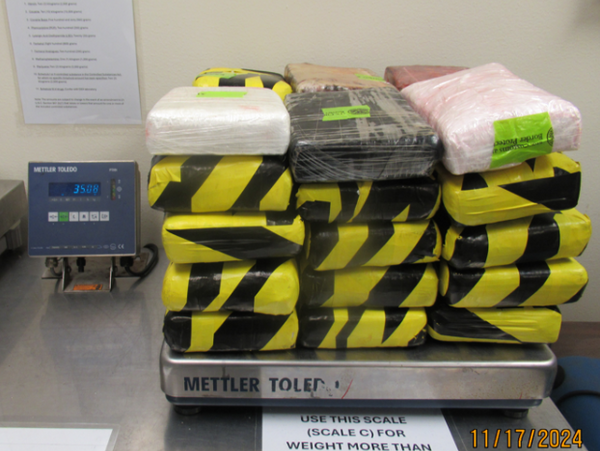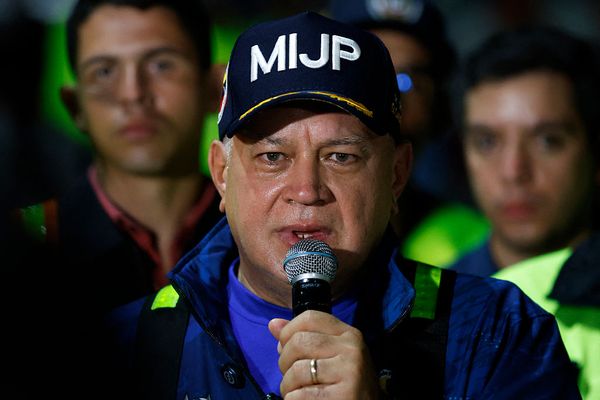
At a time when justice was rarely granted and the legal system was severely flawed, a murdered woman’s ghost made sure her killer was punished.
23-year-old Elva Zona Heaster was unexpectedly found dead near her Livesay’s Mill, West Virginia home in Jan. 1897. While her husband, Erasmus Stribbling “Trout” Shue, claimed it to be a natural death caused by heart failure, Heaster’s mother, Mary, always alleged that her daughter was murdered.
As soon as the news of Heaster’s death spread, Dr. George W. Knapp arrived to inspect her, but could not examine the dead body since Shue was clinging to her. He had also already washed and dressed Heaster’s body in a high-necked gown and tied a veil under her chin. This raised doubts among everyone, since women typically prepared bodies for burial in rural West Virginia.
Unable to perform an exam on the body, Dr. Knapp recorded heart failure as the cause of Heaster’s death, as insisted by Shue, and authorities did not order an inquest. Believing it to be an unfortunate accident, the family buried Heaster on Jan. 25, 1897.
The ghost of Heaster visits her mother
In a strange turn of events, Dr. Knapp filed the official return with childbirth as the cause of Heaster’s death on Jan. 30. However, her mother did not believe Shue or Dr. Knapp’s accounts and suspected foul play in her daughter’s death. She did not like her son-in-law from the beginning and was almost certain that he had a role to play in Heaster’s sudden death.
But with the body already buried and no strong evidence against him, Heaster’s mother decided to pray for the truth to come out in the open. Almost unbelievably, she revealed that Heaster’s ghost visited her over the course of four nights and told her that her husband grabbed her by the neck and snapped it when she didn’t prepare meat for dinner, causing her death.
Even more strikingly, Mary described Heaster and Shue’s house in full detail, including the locations of the rooms, furniture, and even a bloodstained spot near a loose floorboard (via The Dead History). What made it remarkable was that Mary had never visited their house.
Opening of Heaster’s murder case
Believing that Heaster came to her so that her husband could be punished, Mary rushed to the court, requesting a case against Shue for killing her daughter. While the law does not admit dreams as evidence or believe in ghosts, John A. Preston, Greenbrier County’s prosecuting attorney, took her situation into account and accepted her plea.
On Feb. 22, 1897, county officials exhumed Heaster’s body from her grave nearly a month after her burial and ordered a postmortem. It was conducted by Dr Knapp, Dr. J.M. Rupert, and Dr. H.R. McClung, while Heaster’s husband stood silent and tense.
Soon enough, Mary’s suspicions were confirmed. Heaster’s neck and windpipe were found broken, with a brutal dislocation between the first and second vertebrae, causing her head to move freely. Deep bruises across her neck and chest also confirmed violence. The jury ruled that Heaster was murdered, and Shue was arrested and taken to jail in Lewisburg that same day.
A trial built on a ghost’s testimony
When investigations were carried out, it was found that Shue had already been married twice, and both his marriages ended suspiciously. His first wife alleged violence and filed for a divorce, while the second one died under strange circumstances, almost similar to the way Heaster died.
Shue’s trial began in June 1897 at the Greenbrier County Courthouse in Lewisburg, West Virginia, where the prosecution presented medical evidence of murder. While witnesses testified against Shue’s strange behavior during Heaster’s funeral, Mary’s words were what truly ruled the trial.
She quoted her visions of her daughter, almost as if Heaster herself was testifying. While the defense tried to push her to admit that those were just “dreams,” Mary stood her ground and even said under oath that she was wide awake when Heaster’s ghost visited her.
The final verdict
While the judge did not simply take Mary’s word for it, the medical evidence was enough to prove that Mary was actually visited by her daughter, either in dreams or in reality, and told the truth. After a seven-day trial, Judge J.M. McWhorter asked the jury to give the final verdict.
At the end, justice was served. The jury found Shue guilty of first-degree murder, and he was sentenced to life imprisonment at the state penitentiary in Moundsville. While this marked the end of the case, Heaster’s story lives on as the story of the Greenbrier Ghost.







